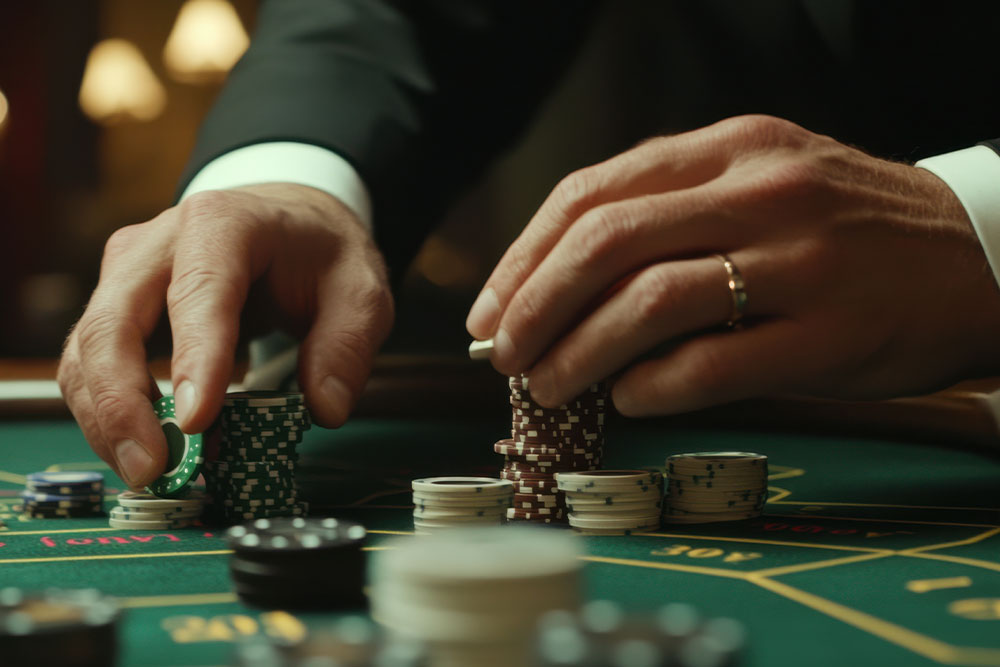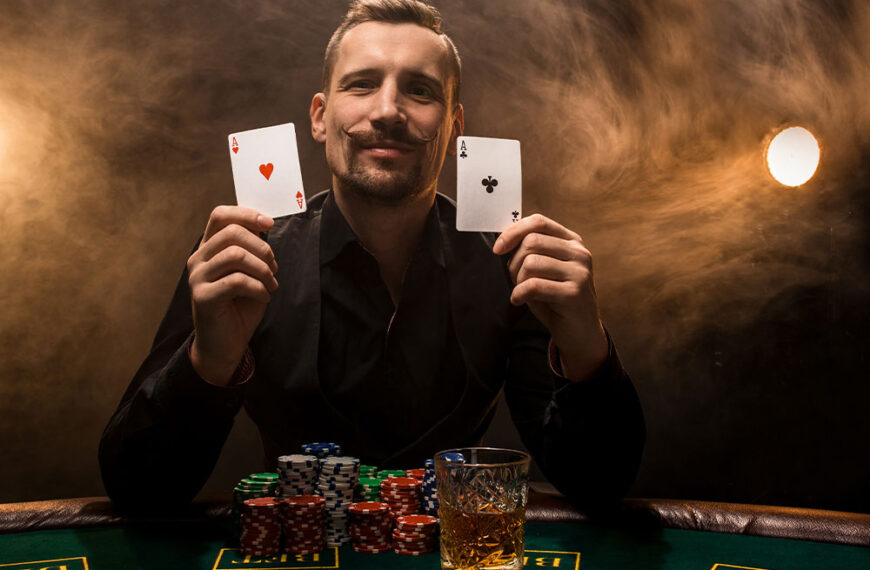Behind the thrills of casinos and sports bets lies a bedrock of mathematics: probability, expected value, and variance. Grasping these core concepts not only demystifies why the house almost always wins but also equips you to make smarter wagering decisions, manage your risk, and recognize when “systems” are too good to be true. This evergreen guide dives into the numbers that govern every game of chance.
1. Probability Fundamentals
- Basic Probability: For any event, P(event)=number of favorable outcomestotal number of possible outcomes. P(\text{event}) = \frac{\text{number of favorable outcomes}}{\text{total number of possible outcomes}}.P(event)=total number of possible outcomesnumber of favorable outcomes. A single roll of a fair six-sided die has P(rolling a 4)=1/6P(\text{rolling a 4}) = 1/6P(rolling a 4)=1/6.
- Independent vs. Dependent Events:
- Independent: Past outcomes don’t affect future ones (e.g., roulette spins).
- Dependent: Drawing cards from a deck without replacement—each draw changes the composition for the next.
- Combining Probabilities:
- “And” (joint probability): Multiply independent probabilities, e.g., P(two heads in a row)=1/2×1/2=1/4P(\text{two heads in a row}) = 1/2 \times 1/2 = 1/4P(two heads in a row)=1/2×1/2=1/4.
- “Or” (either event): Add probabilities, subtracting any overlap, e.g., drawing an ace or a king from a 52-card deck: P(ace or king)=4+4−052=852. P(\text{ace or king}) = \frac{4 + 4 – 0}{52} = \frac{8}{52}.P(ace or king)=524+4−0=528.
2. Expected Value (EV) and the House Edge
- Expected Value (EV): The average result you’d earn per bet if you could play infinitely many times. Calculated as EV=∑(payoff×P(payoff)). EV = \sum (\text{payoff} \times P(\text{payoff})).EV=∑(payoff×P(payoff)). For a $1 roulette bet on a single number in European roulette:
- Win $35 with probability 1/371/371/37;
- Lose $1 with probability 36/3736/3736/37.
- House Edge: The built-in advantage of the casino, identical to −EV-EV−EV. In slot machines, table games, and bets, this percentage dictates long-term profitability for the house.
3. Variance and Volatility
- Variance: Measures how far outcomes spread around the EV. High-variance (high-volatility) games offer big wins rarely (e.g., progressive jackpots), while low-variance games pay smaller amounts but more frequently (e.g., roulette outside bets).
- Standard Deviation: The square root of variance gives a sense of typical swings. Larger standard deviations mean your balance will bounce more widely around the average.
- Practical Impact:
- High variance demands a larger bankroll to “weather the storm.”
- Low variance suits players who prefer steadier results and longer play sessions.
4. Risk Management and Bankroll Strategies
- Kelly Criterion: A formula to size bets proportionally to your edge, maximizing logarithmic growth of your bankroll: f∗=bp−qb, f^* = \frac{bp – q}{b},f∗=bbp−q, where bbb is net odds received on the wager (“b to 1”), ppp is probability of winning, and q=1−pq = 1 – pq=1−p. Use cautiously—models assume precise knowledge of ppp.
- Fixed-Fraction Betting: Wagering a constant percentage (e.g., 1–2%) of your bankroll per bet helps preserve capital during losing streaks and scales bets up in winning periods.
- Stop-Loss and Take-Profit Limits: Predefine thresholds (e.g., stop after a 20% loss or a 50% gain) to avoid emotional decision-making.
5. Using Probability in Strategy
- Blackjack Basic Strategy: Based on exact probabilities of drawing cards, basic strategy tells you when to hit, stand, split, or double to minimize house edge—often reducing it to under 1% in favorable rule sets.
- Optimal Play in Video Poker: Games like Jacks or Better have known EV tables for every possible holding; following these tables yields a positive expected return over time (when combined with perfect pay tables).
- Sports Betting Value Identification: Compare your assessed probability of an outcome (e.g., your model’s 55% chance of Team A winning) against implied bookmaker odds (e.g., 1.80 decimal odds → 55.6% implied). Wagers with your p>p >p> implied win probability represent a positive EV.
6. Common Misunderstandings
- “Hot” Streaks: Clusters of wins are natural in high-variance games; they don’t indicate a lasting change in odds.
- Progressive Betting Systems: Doubling after each loss (e.g., Martingale) can quickly hit table limits or bankrupt a bankroll, with EV remaining negative.
- Misreading “RTP” and “Volatility”: A game’s published RTP (Return to Player) is a long-term average; it says nothing about short-term swings or individual session outcomes.
7. Tools and Resources
- Probability Calculators: Online tools let you compute EV, variance, and payout distributions for common bets.
- Simulation Software: Programs like Monte Carlo simulators can model thousands of trials to illustrate expected bankroll trajectories.
- Strategy Charts: Printable basic strategy cards for blackjack and video-poker paytables help implement mathematically optimal decisions.
Conclusion
While no mathematical insight can eliminate the house edge, understanding probability, expected value, and variance empowers you to:
- Choose lower-edge games and favorable rules;
- Size bets to manage risk effectively;
- Recognize when the odds are truly in your favor (or not);
- Maintain discipline and resist fallacy-driven systems.
Armed with these principles, you can approach gambling with clarity—enjoying the excitement of play while making informed, mathematically grounded decisions.













